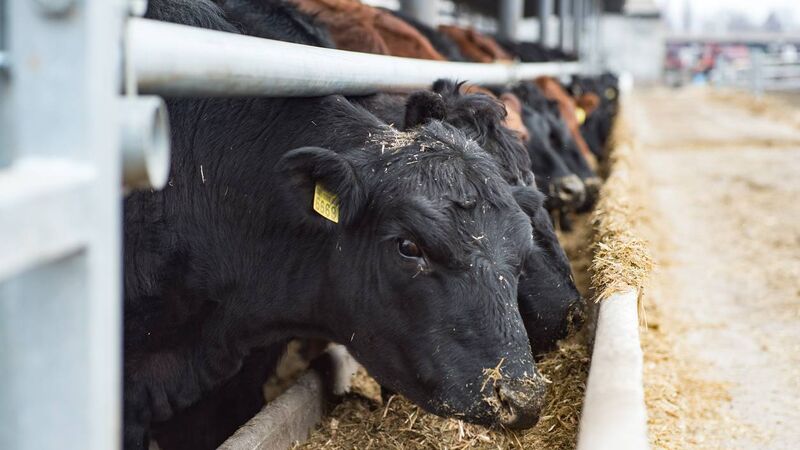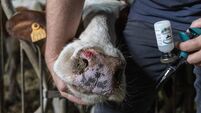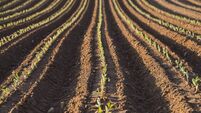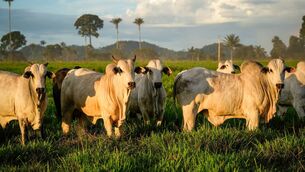How to get weight on animals as efficiently as possible

You should buy stock you are used to feeding; buy stock that suit your system, and buy stock that suit the available feeds.
Maintaining good animal health;
Keeping mortality to a minimum;
Supplying a good quality high energy diet appropriate for the animal;
Achieving a good consistent weight gain throughout the planned finishing period;
Providing a comfortable environment.
An efficient and cost-effective finish is the priority. Obviously feed costs are very important, but as important is that it must be the correct feed for the animals being finished.
Once you start finishing cattle it is so important to keep them on the same diet throughout, bar some subtle changes towards the end to get the final fat cover.
Changing your feed supplier to give everyone a turn may seem like a good idea but each formulation is slightly different and may reduce digestive efficiency in forward stock with high intakes.
In the last few weeks, I have seen a lot of finishing cattle in sheds with either very loose dungs or with a lot of grain passing through in the dung.
The reason for this issue is hardly ever because the grain is not rolled, rather it is because the diet is not balanced correctly.
This may be due to excessive protein, excessive starch or sugars and in many cases an undersupply of effective fibre.
Another common reason for loose dung is that all animals cannot eat at the one time if meal is being put on top of silage.
If a total mixed ration (TMR) is very dry, individual animals will attempt to sort out the meal from the forages. This will lead to animals having variable dung consistency when it is assumed that they are on the same diet. Some cattle will be looser than others — these are usually the ones eating too much concentrate and less forage. Cattle with firmer dung are mostly the ones forced to eat a much higher proportion of forage.
In order to reduce the issues causing variable dung consistency and undigested material, it is important to take the variability out of feeding your stock. This will involve providing access to feed for all animals.
When concentrates are fed while in a TMR it may require the mix to be made wetter in order to prevent sorting. Water, liquid feeds, and molasses are being used to sort this problem on many farms this year.
Many silages are very dry this year, and cattle on many farms are finding it easy to sort out TMRs as a result.
There is an obvious association between loose dung and feeding too much protein. This is very seldom the case and in actual fact, most are underfeeding protein even to finishers.
Another consideration is introducing high starch feeds too quickly to cattle. Introduce any concentrate slowly, particularly if top dressing on silage.
An issue that is also causing poor dung consistency and very performance in stock is where third-cut silages made in September and October are being fed.
These silages are poor feeds and offer very little nutrients for high performing stock. They are soft, have very little structural fibre to promote rumination and are in most cases very high in protein.
Silage made that late in the year often doesn’t preserve and that means when opened and fed, deteriorates rapidly, leading to toxin issues.
Cattle thrive best when they are fed the same diet at the same time each day. As I mentioned above, changing feed suppliers may seem like a good idea.
However, each time you change your concentrate you cause the animals to have to change their rumen bug population to suit the new mix.
This results in reduced performance during the transition.
My advice is to stick to one supplier once finishers are settled on their diet. Apart from when you might introduce maize meal or oats near the end of the finishing period to get the final cover, no other changes should be necessary.
Many July-made silages this year have a high pH due to their high dry matter.
As a result, they are going off much quicker in the pit and in front of stock. With this in mind, it is critical to keep feed fresh for finishing cattle.
This will require feeding this type of silage daily whether that is ad lib or in a TMR.
In order to achieve the desired thrive you must optimise feed intake and you certainly won’t achieve this with stale unpalatable feed.










